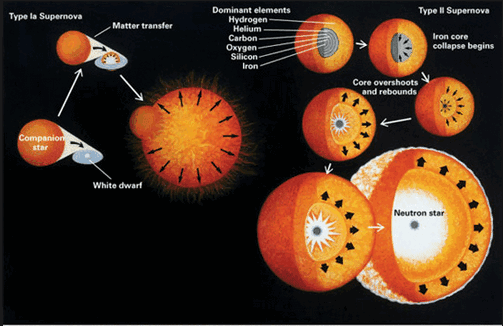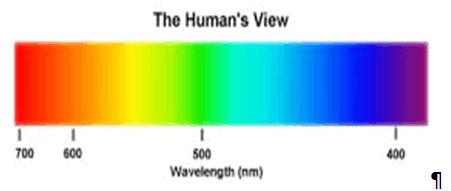Astronomical spectroscopy is the study of astronomy using the techniques of spectroscopy to measure the spectrum of electromagnetic radiation, including visible light, which radiates from stars and other hot celestial objects. Spectroscopy can be used to derive many properties of distant stars and galaxies, such as their chemical composition, temperature, density, mass, distance, luminosity, and relative motion using Doppler shift measurements.
Astronomical spectroscopy is used to measure three major bands of radiation: optical, radio, and X-ray. While all spectroscopy looks at specific areas of the spectrum, different methods are required to acquire the signal depending on the frequency. Ozone (O3) and molecular oxygen (O2) absorb light with wavelengths under 300 nm, meaning that X-ray and ultraviolet spectroscopy require the use of a satellite telescope or rocket mounted detectors. Radio signals have much longer wavelengths than optical signals, and require the use of antennas or radio dishes. Infrared light is absorbed by atmospheric water and carbon dioxide, so while the equipment is similar to that used in optical spectroscopy, satellites are required to record much of the infrared spectrum.
Astronomical spectroscopy is used to measure three major bands of radiation: optical, radio, and X-ray. While all spectroscopy looks at specific areas of the spectrum, different methods are required to acquire the signal depending on the frequency. Ozone (O3) and molecular oxygen (O2) absorb light with wavelengths under 300 nm, meaning that X-ray and ultraviolet spectroscopy require the use of a satellite telescope or rocket mounted detectors. Radio signals have much longer wavelengths than optical signals, and require the use of antennas or radio dishes. Infrared light is absorbed by atmospheric water and carbon dioxide, so while the equipment is similar to that used in optical spectroscopy, satellites are required to record much of the infrared spectrum.




















0 comments:
Post a Comment